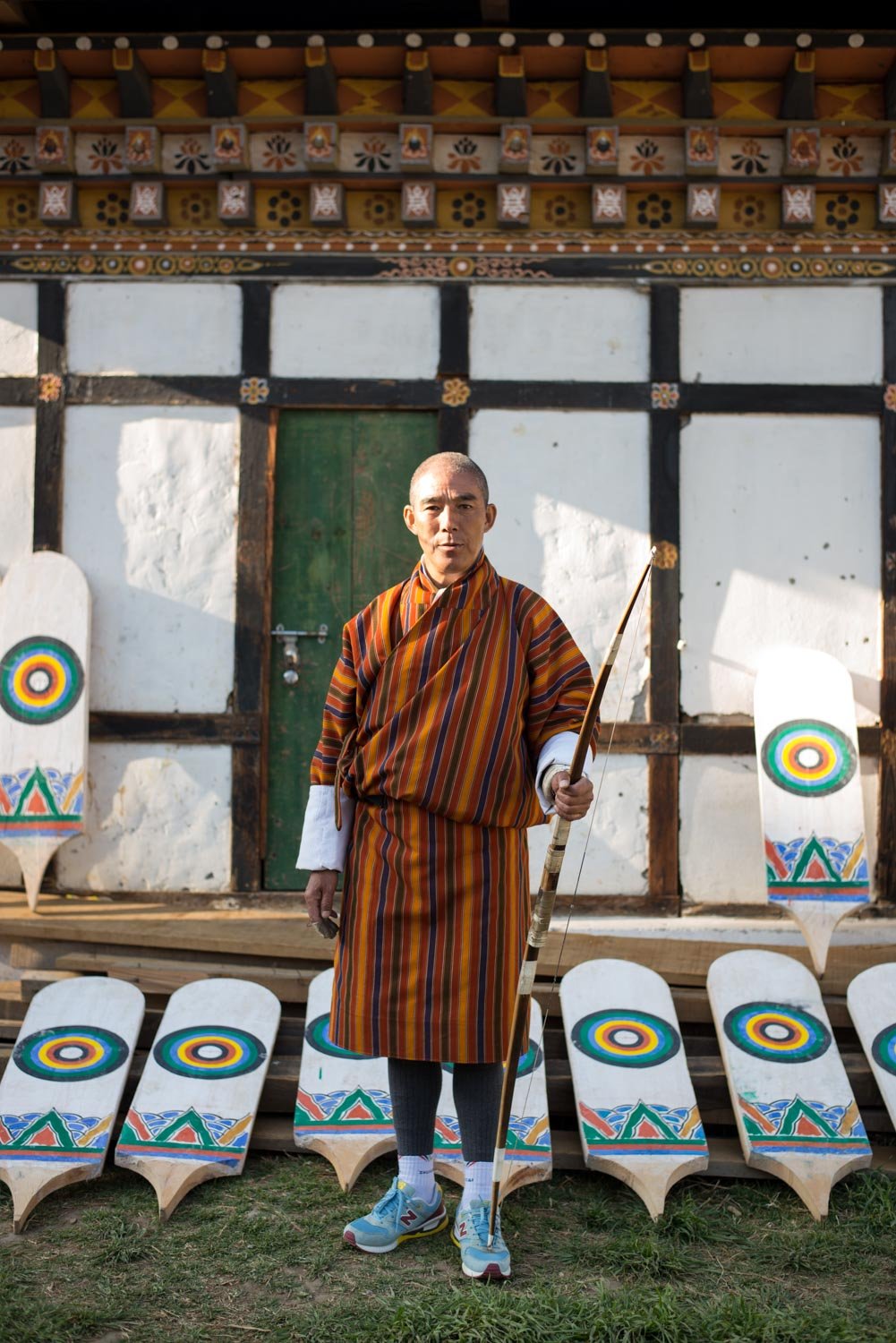chasing waterfalls and buffalo racing: the sports you won't see in the olympics
the beijing winter olympics for 2022 are in full swing, but there are some sports you just won’t catch on the slopes or the rink. from scaling waterfalls to mexican rodeos and bhutanese archery, these sports are often deeply entrenched in the lifeblood of their originating nations. passed on from generation to generation and significant for more than just the sportsmanship they demonstrate, these are just a handful of sports you won’t see in the olympics.
sawanobori
clearly, these adrenaline seekers have not heeded the advice of TLC, because chasing waterfalls is their m.o. sawanobori, or stream chasing, is an ancient japanese art practiced in remote areas all across the country. the practice started as a way for locals to get from one mountain village to the next - rather than tirelessly thrash through dense pockets of forest, climbing waterfalls, swimming across gorges, and navigating ravines was a faster way to get from a to b. while sawanbori is no longer a necessity today, thanks to modern roads, it’s still a fairly common practice across the country. for those who face the vertical slopes, stream chasing is more than just a physical challenge. the close proximity to nature - and its sheer scale - presents a spiritual experience, bringing climbers closer to nature and humbling them in the process. those visiting japan wishing to experience the national sport can book a tour with yakushima water activities.
image credit the north face
bhutanese archery
for the small himalayan kingdom of bhutan, archery is its national sport, and its nothing like anything you’ll have seen before. whilst the nation now boasts its own olympic team, the archery they practice in the games is nothing compared to the decorum and fanfare of its true origins in bhutan’s mountains. at 140m long, the filed used by bhutanese archers is twice as long used by the olympics. the advanced composite bows used by olympians are also far more accurate, making the bull’s eyes hit by the bhutanese far more impressive. archers wear traditional dress, called go, a colourful robe that’s paired with knee-high socks, and targets are adorned with streamers. when a target is hit, the opposing team breaks out into song and dance, chanting themes of love, enlightenment, and karma.
image credit karan kumar sachdev for victory journal
buffalo racing
in bali, buffalo racing is a popular tradition. taking place just west of bali, in the jembrana regency, pairs of buffalos are ridden by jockeys, who chase one another in decorated wooden plough carts. the practice takes place during the makepung races (stemming from the word kepung, meaning ‘to chase’) between mid-july and mid-november each year. the races have humble origins, started by farmers who would race buffalos to pass the time and celebrate the end of the rice harvest. today, the festivities attract visitors from all over the world, who flock to the region to enjoy the races, live entertainment, and an extremely colourful fashion show.
charreria
a kind of mexican rodeo, charreria is mexican’s national sport. originally a way of herding livestock from different estates, the sport has spawned its own purpose built schools and associations that help pass the tradition on to younger generations. highly stylised and performative, the modern iterations of charreria involve traditional costume designed by local artisans, and a whole lot of fanfare. whilst the sport has traditionally been a masculine one, in recent years mexican women have begun to claim their space in their tradition. called escaramuza, the female-version involves a group of eight women on horseback who perform a carefully choreographed routine. escaramuza also perform tricks in competition like their male counterparts.
image credit jen reel


